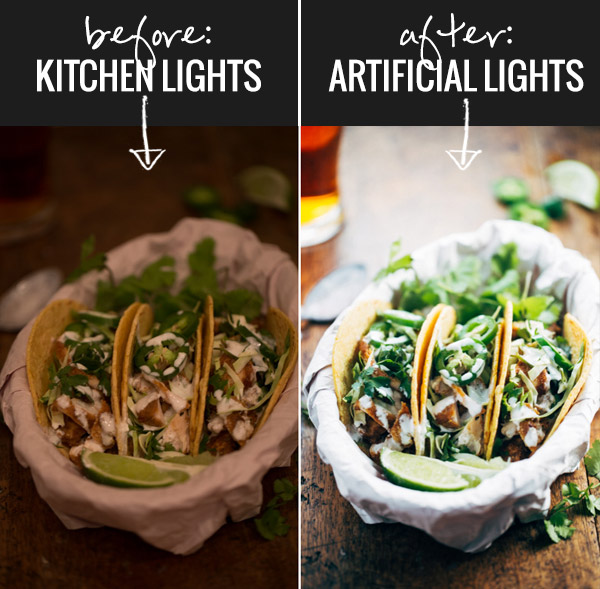Knowing Digital Photography - Awesome Tips on Artificial Lighting
Photography is art. Individuals will invest hours in galleries and museums examining an individuals photos for the definition. Like painting photographs have a message, in some cases it will stimulate unhappiness, happiness, a carefree mindset, and thought. There are lots of methods a budding professional photographer will discover how to stimulate the feelings they desire. One such technique is using synthetic lighting. Synthetic lighting is not constantly as enjoyable and easy as sunshine, however you can use it to produce some fantastic photographs once you know how.
Indoor lighting is commonly fluorescent and tungsten bulbs. Tungsten bulbs are made use of by professional photographers, as "hot lights" because of the high temperature level they produce. In photography it is very important to understand the temperature level scale in relation to the colors they will produce. A hot light will produce more red and decrease heaven. Firelight and candle light though not synthetic can be used in doors to develop shadows and depth.
When utilizing indoor lights and particularly synthetic light you will have to comprehend direct exposure. When you have less light it will take longer to expose the movie to capture a picture. Part of exposure is the angle. Let’s speak about taking photos in a museum. For circumstances I was in a museum with minerals behind glass and a female made the statement if she took the picture nothing would come from it. This is not true. Initially in a darker space where you have directed light on the things you will not wish to utilize the flash.
The flash will bounce the light back at the picture. The next action is to obtain as close to the glass as possible. The third factor to consider is the angle. Taking the image head on of the object will bounce the light and shadows about. You will have to angle the electronic camera to the side or up from the ground to achieve the picture. Specifically when taking pictures you do not have glass in the way the angle will still be crucial. Shooting any subject head on is likely to create shadows and take away from the print. The finest angle for shooting portraits is often up into the face.
When shooting faces or other things you usually desire a three dimensional contrast. You will need to browse for the airplanes and shapes of the topic, particularly in portrait photography. The airplanes and contours will assist you determine the angle you will shoot the topic from. The shadows will typically supply the three dimensional contrast if you discover the proper planes and angle to shoot from. This assists with photos that you desire to stand-alone.
Artificial lighting has to be moveable. Just switching on your home lights will not give you the desired affect. Instead it can clean out the subject, place the light at the wrong angle, or create too much shadow in one area. You need to have actually lights set up on tripods to change the angle to match your needs. Spaces are little which one reason is over head lights can either be too powerful or not direct enough.
Following lighting tips will increase your photography abilities. Many amateur photographers discover taking a class on lighting and having a couple of books on the subject will assist them discover appropriate lighting techniques. The reason for classes is to supply feedback. You may be pleased with the shot; however ideas can help you make the shot perfect in the future.
Synthetic lighting has advantages over natural or outdoor lighting, but often the photo ends up much better with natural light. It may be a matter of preference or the desire of a customer or subject for that matter. You never ever have artificial lighting outside for the many part; you normally rely on your camera flash to assist with the picture quality. Look for the best lighting circumstance to boost your subject and make your photo as natural as possible when you select your lighting.
